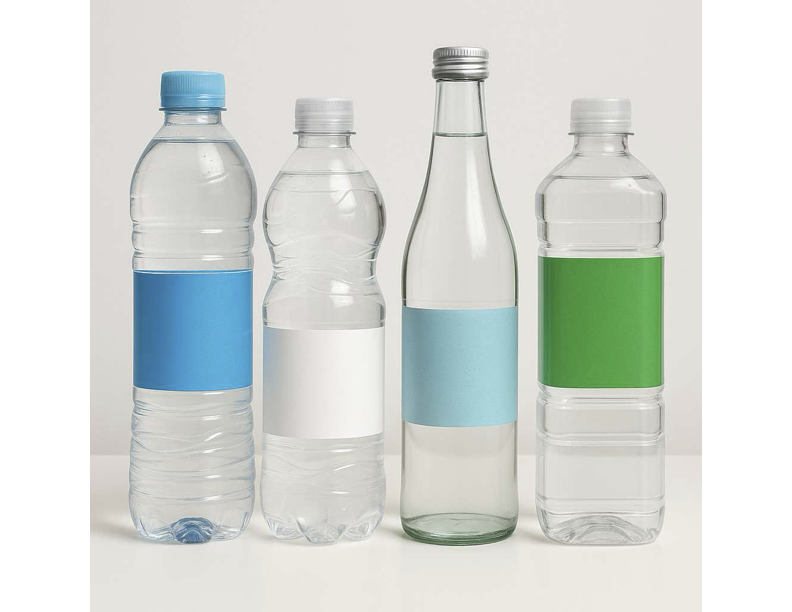Bottled water is big business. On store shelves, at gas stations, and in vending machines, plastic bottles filled with "pure" or "natural" water sell for more than gasoline per gallon. The global market? Over $300 billion and climbing. But behind that clean, minimalist label is an industry built on marketing muscle, questionable sourcing, and a growing pile of plastic waste.
Let’s unpack the business of bottled water: why it works, who wins, who pays, and what’s next.
Why Bottled Water Sells
-
Branding, not water quality.
Most bottled water isn't from pristine mountain springs. Often, it’s just filtered municipal tap water. But companies wrap it in images of glaciers, waterfalls, and wilderness. People aren’t buying water—they’re buying the idea of purity and convenience. -
Convenience wins.
Grab-and-go culture made bottled water the ultimate impulse buy. It's light, portable, and always there when you forget your reusable bottle. -
Health halo.
As soda sales drop, water fills the gap. Bottled water is seen as a healthy, calorie-free choice, and marketers have leaned into that perception hard.
The Margins Are Wild
Bottled water is cheap to produce. In some cases, companies pay next to nothing to extract water—then turn around and sell it at a markup of 300x or more. You’re not paying for water. You’re paying for packaging, branding, distribution, and profit.
Big players dominate the space: Nestlé (now BlueTriton), Coca-Cola (Dasani), and PepsiCo (Aquafina). These giants have the infrastructure and capital to scale—and they’re squeezing every drop of profit.
Who Pays the Price?
-
Communities.
Some companies pump water from drought-stricken areas or rural towns, paying pennies to extract public water while locals deal with shortages or price hikes. -
The environment.
Over 500 billion plastic bottles are used each year. Only a fraction get recycled. The rest end up in landfills, oceans, and waterways. And manufacturing those bottles? It takes oil, energy, and—ironically—more water. -
Consumers.
Bottled water costs hundreds of times more than tap water. It’s marketed as premium, but in most developed countries, tap water is just as safe—sometimes safer.
The Fight Back
Environmental groups, municipalities, and conscious consumers are pushing back:
-
Bans on bottled water in public buildings and campuses.
-
Refill stations and water fountains making a comeback.
-
Brands offering boxed water or aluminum bottles as more eco-friendly alternatives.
-
People simply carrying their own reusable bottles.
Even some bottled water companies are now shifting toward "sustainable packaging" or carbon-neutral claims—but the core issue remains: single-use culture.
What’s Next for the Industry?
Bottled water isn’t going anywhere. In fact, climate change and aging water infrastructure may even increase demand. But the pressure is rising. Expect to see:
-
More scrutiny on sourcing and corporate water rights.
-
Tighter regulations on labeling and environmental claims.
-
A shift toward premium, functional waters (think: alkaline, mineral-rich, CBD-infused).
-
Growth in home filtration and soda-stream-style refill tech.
Bottom Line
The bottled water business is a masterclass in marketing and margin. It sells something abundant as a luxury, while dodging deeper questions about sustainability, equity, and waste. It’s not just about water—it’s about how we value convenience over consequence.
If you care about the planet or your wallet, the answer is simple: drink tap when you can, refill when you need to, and think twice before paying a dollar for what's basically already yours.

